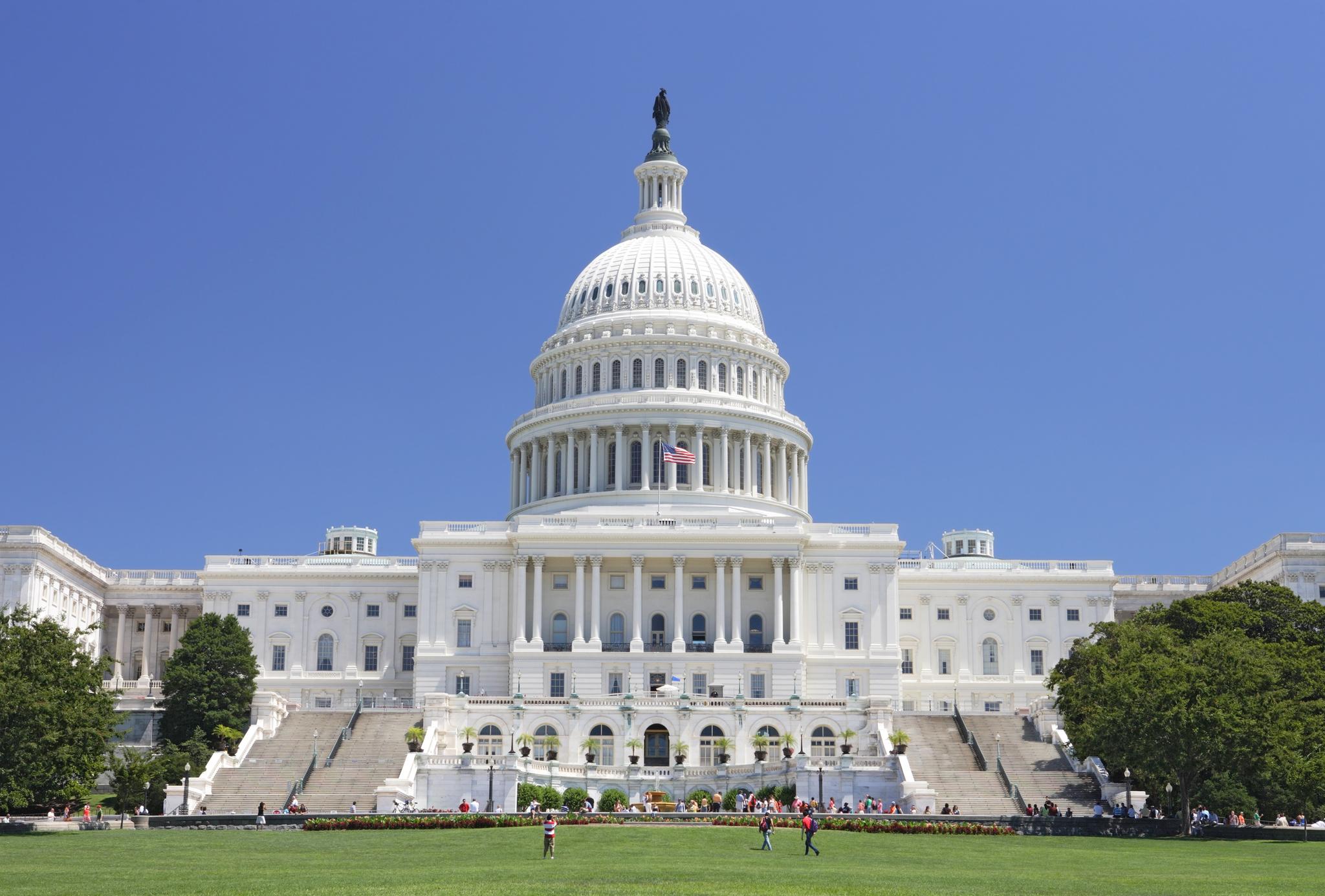
COMBATTING ISIS: SUPPORT FOR TURKEY & KURDISH GROUPS
The United States will enter its final twelve months under the Obama administration with a number of prominent challenges on the horizon, none of which are particularly new. These will remain important issues going into the first months of the new Presidency in 2017.
With an established presence in Syria, Iraq, Libya and the Sinai, ISIS will remain a challenge for US policy in the Middle East and North Africa. While Washington will avoid deploying ground forces in any significant form, it will increase the presence of Special Operations forces not only as spotters for airstrikes but also as hunter-killer units to track down high-value targets.
As a result of the increased Russian presence in Syria, the Obama administration will look to enhance its relationship with the Kurds to counterbalance the Kremlin’s rising influence in the country. Meanwhile, Washington will also seek to strengthen its ties with the Kurds in Iraq, who Washington perceive as motivated and reliable allies.
Turkey will also be encouraged by Obama to take up a more prominent role in the war against ISIS; this has the potential to further anger the Kremlin after Turkey shot down a Russian Su-24 bomber in November 2015.
The United States will also keep a close eye on Libya, where ISIS established a strong presence in 2015. While ISIS will not be in a position to overrun the country in 2016, Washington must remain wary, particularly given the North African nation’s proximity to its southern European allies. The US will push for international backing for airstrikes on ISIS by June 2016, but will look to use drones to launch precision strikes on ISIS should international backing not be forthcoming.
AVOIDING CONFRONTATION WITH THE KREMLIN

Washington will find that Moscow will continue testing the boundaries of their frosty relationship in 2016. In some areas, such as in Ukraine and Syria, the Kremlin will set the agenda as it did 2015, This will force Washington to be reactive, rather than proactive. On the other hand, Obama will need Russian cooperation in order to contain the looming threat posed by ISIS in Libya, and to ensure that Iran adheres to the 2015 nuclear agreement, which limits Tehran’s ability to develop nuclear weapons.
In 2016, the United States will look to curtail Russia’s influence in areas ranging from Ukraine to Turkey and Syria. However, unless US interests are directly threatened, Washington will not seek to directly challenge or threaten any moves by Moscow to expand its influence in areas in the latter’s immediate ‘neighbourhood’.
While the United States will continue to support Kiev with small-scale military training and limited political and financial backing, Ukraine is not a core US interest and thus, Washington will resist involving itself too heavily in the conflict. On the other hand, the United States will continue to provide reassurance to its NATO allies in Eastern Europe by pre-positioning military hardware, permanently stationing combat troops in the Baltic States, and periodically conducting military exercises during times of increased tensions.
The relationship between the United States and Russia will continue along its current downward trajectory in 2016, with conditions increasingly resembling that of the Cold War. However, rather than two superpowers vying for global influence, it will be a case of the Kremlin reasserting itself as a regional power and attempting to keep American influence out of areas it considers its sphere of influence – particularly the former Soviet space. Unless Russia threatens NATO allies or other core interests, the US will not push back.
WASHINGTON LEADS COORDINATED CONTAINMENT OF BEIJING

As with Russia, the United States will look to contain China’s rise in Asia, particularly in the South and East China Seas. China is a rising global power, who many have insisted will soon rival the US as a global superpower. However, before Beijing is able to challenge the US it will need to dominate Asia, both economically and militarily.
China’s economy has been growing at a rate exceeding 7% since 1991. Such expansionary growth is remarkable and has allowed Beijing to spread its influence by investing in countries and industries all over the globe. This has served as the foundation for Chinese power.
Despite Beijing’s increasingly assertive regional policies, neighbouring countries have sought to maintain close relations with China in order to benefit from lucrative trading opportunities. However, as the Chinese economy begins to lose steam, the reduction of Chinese demand for its neighbours’ exports will take the shine off China as a trade partner, weakening trade ties and raising tricky questions in regional capitals.
It is here that the United States will step in and reinforce its security commitments to its regional allies, particularly Japan and the Philippines. The US will also look to coordinate and engage the region more broadly, capitalising on the fear of a rising superpower and discontent with Beijing’s policies. The TPP trade deal is one such example. Fundamentally, Obama’s ‘pivot’ towards Asia has placed more attention on US interests in Asia than has been the case for some time and, while there is unlikely to be any headline-grabbing developments in 2016, developments in this region are of the utmost important for the medium to long term global geopolitical outlook.

